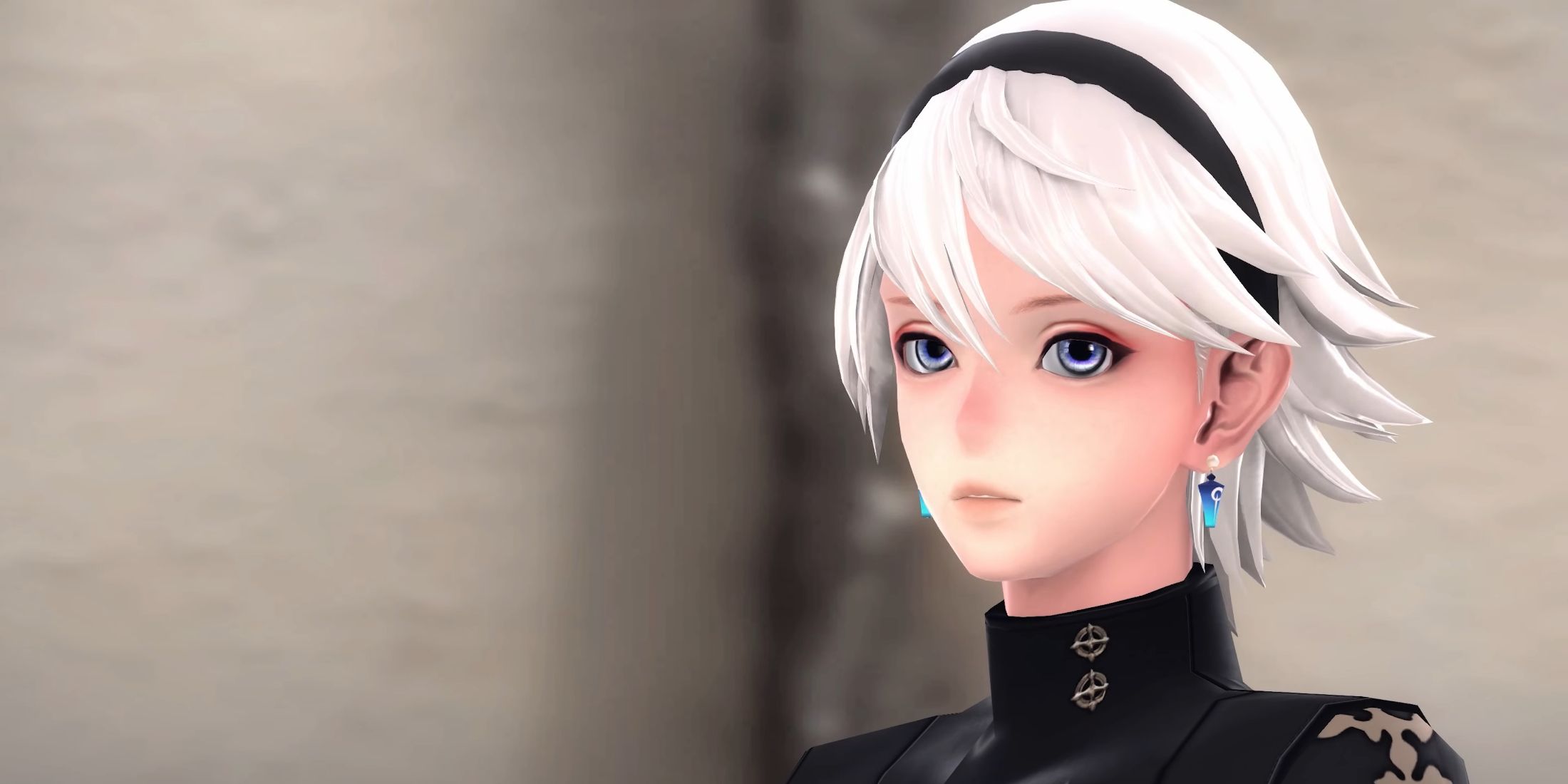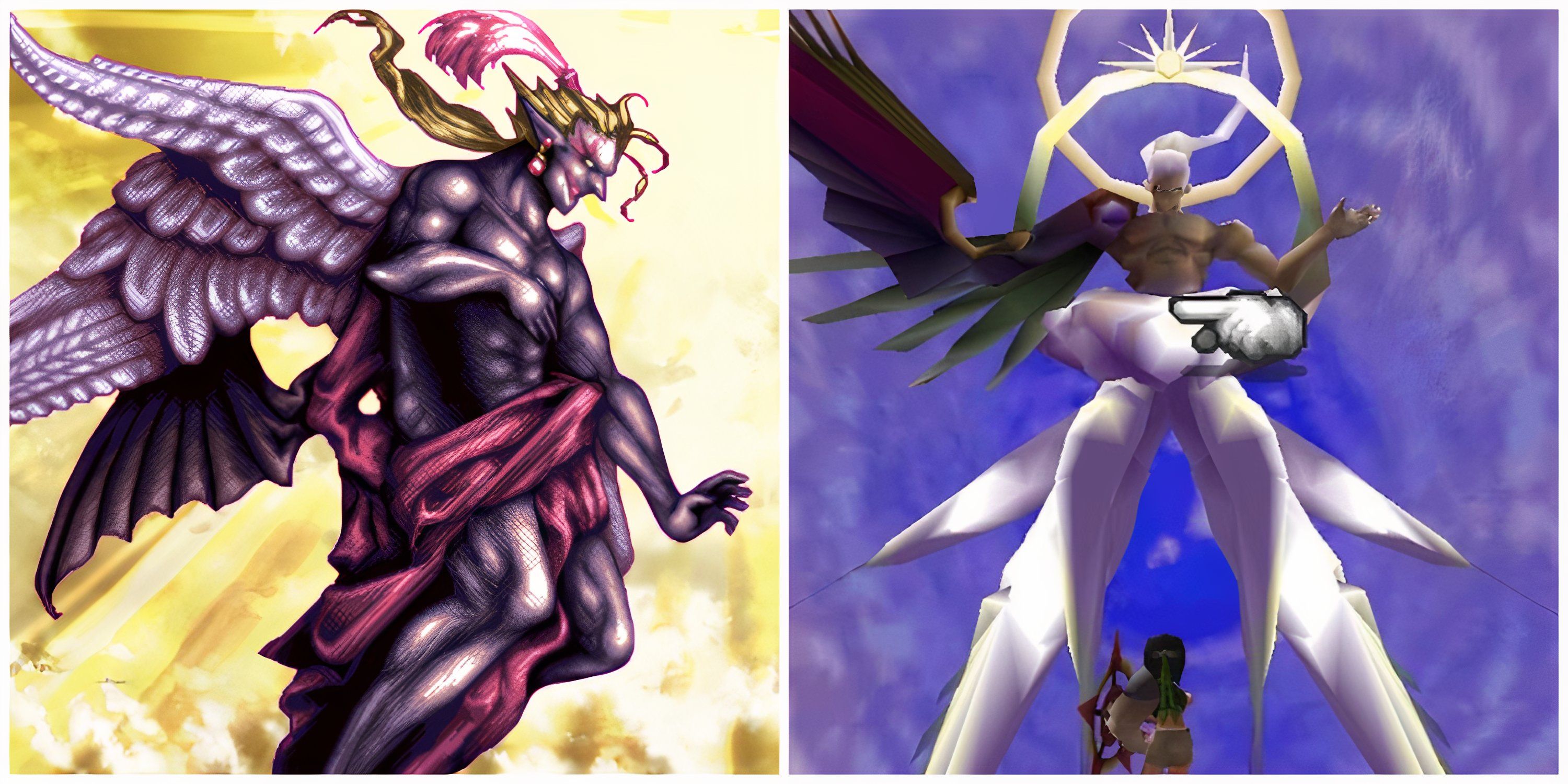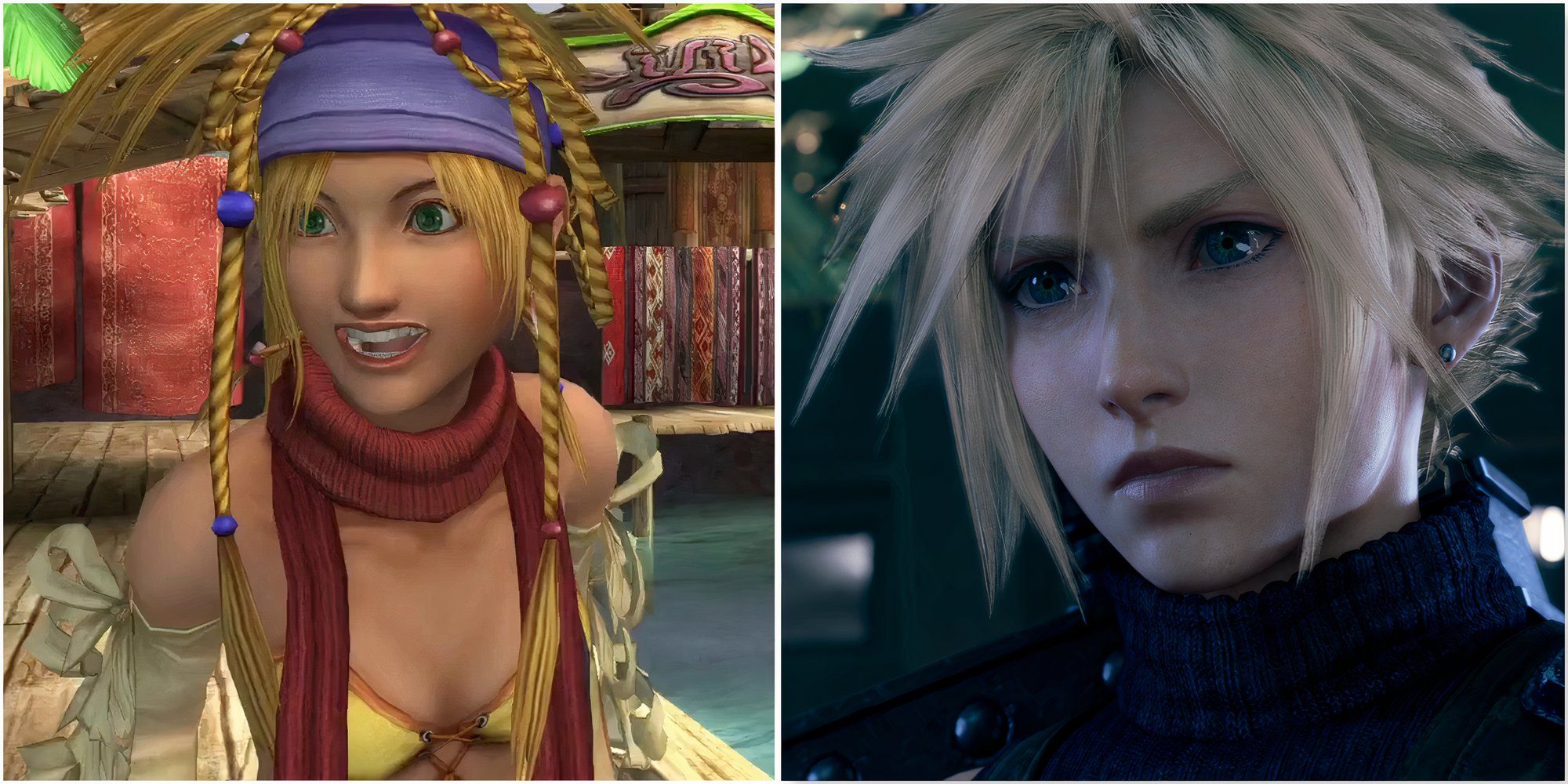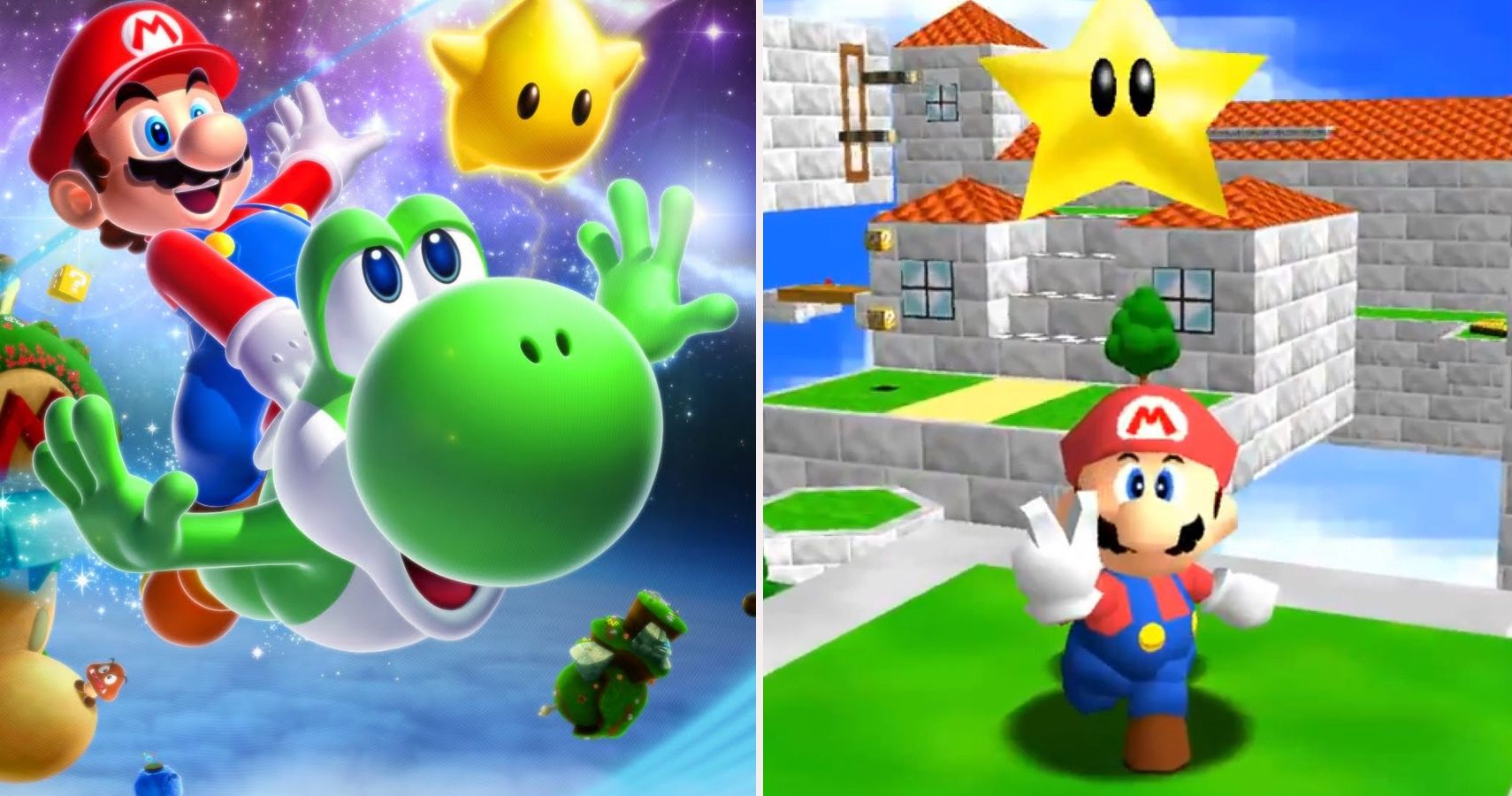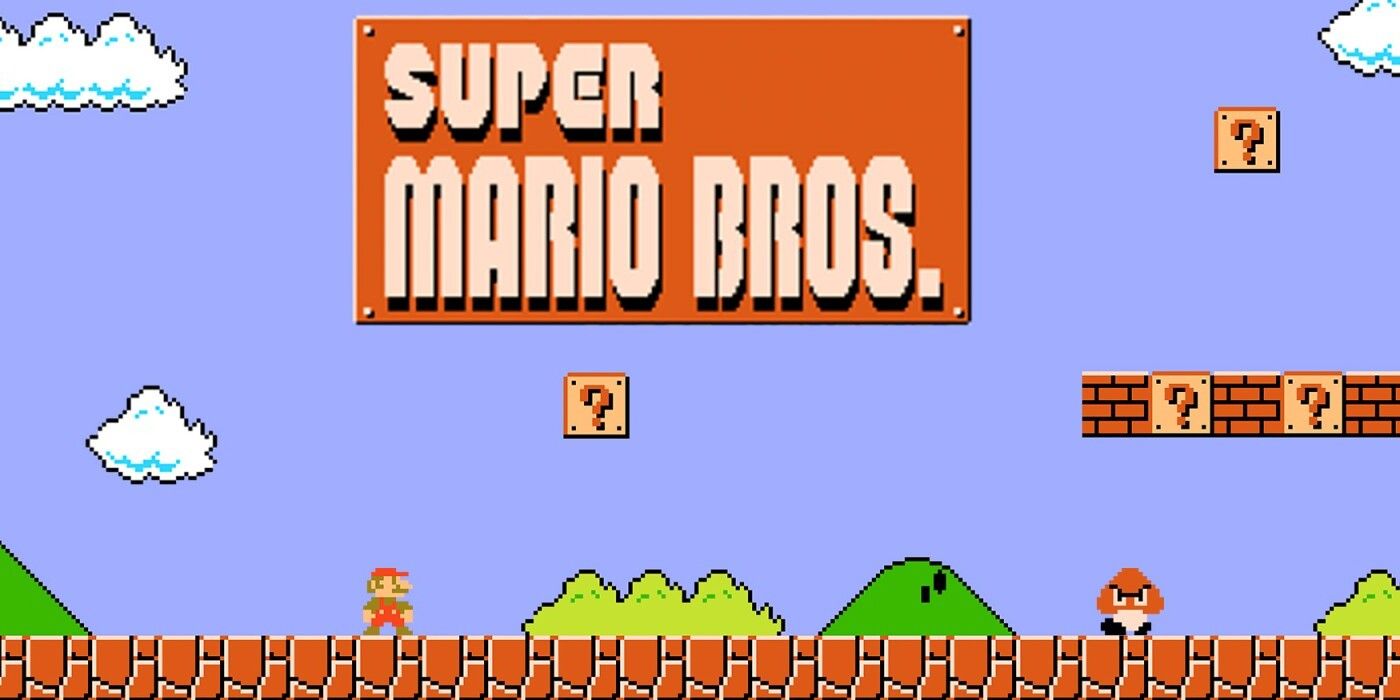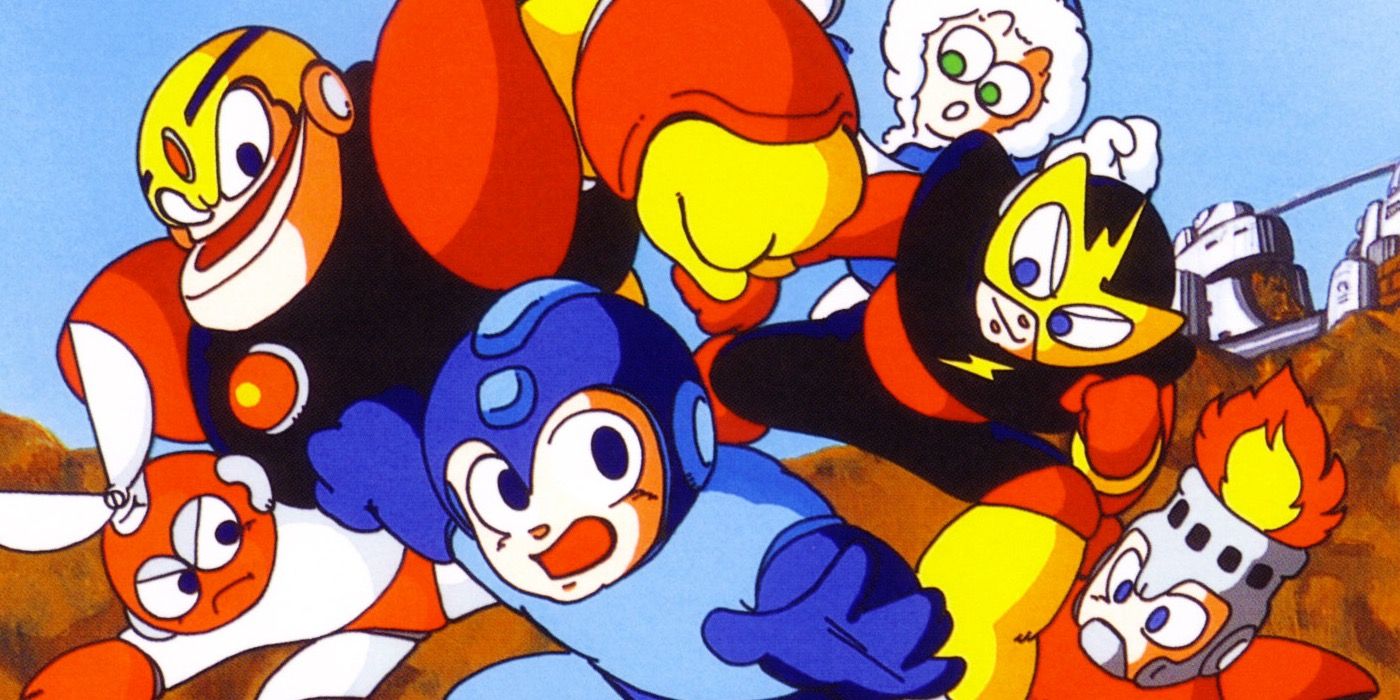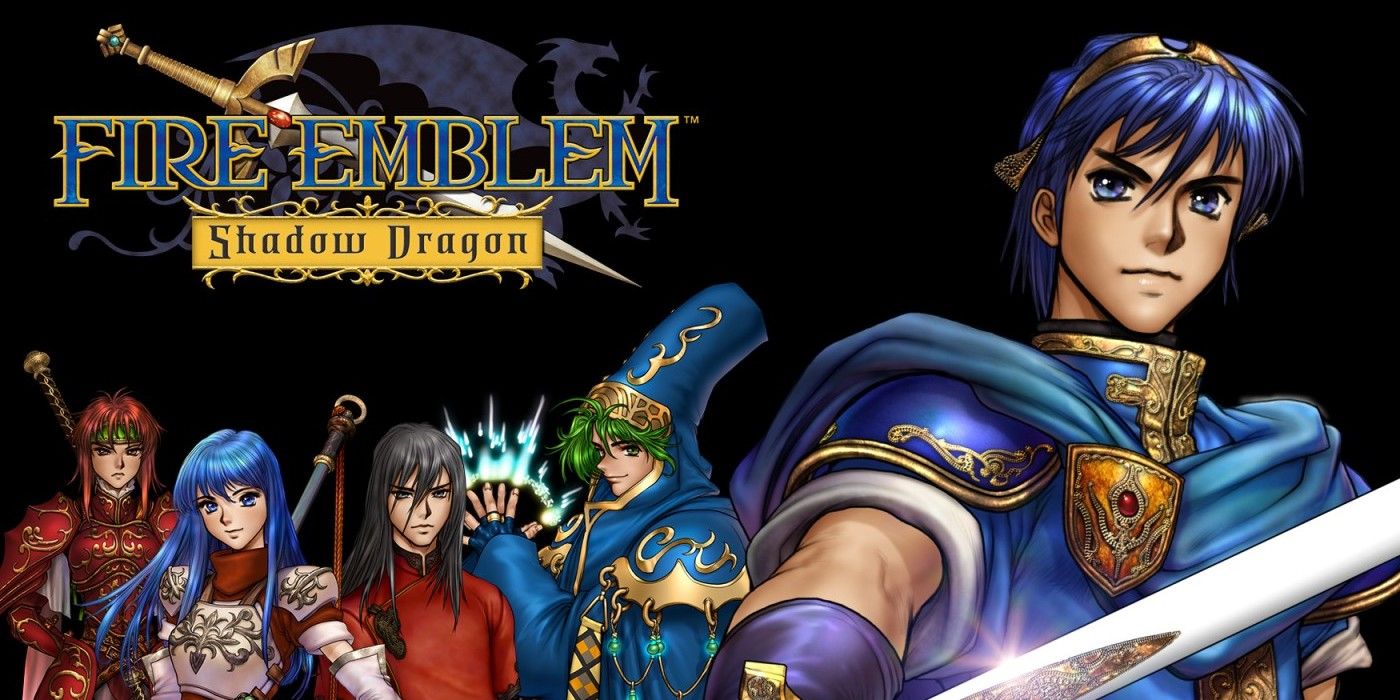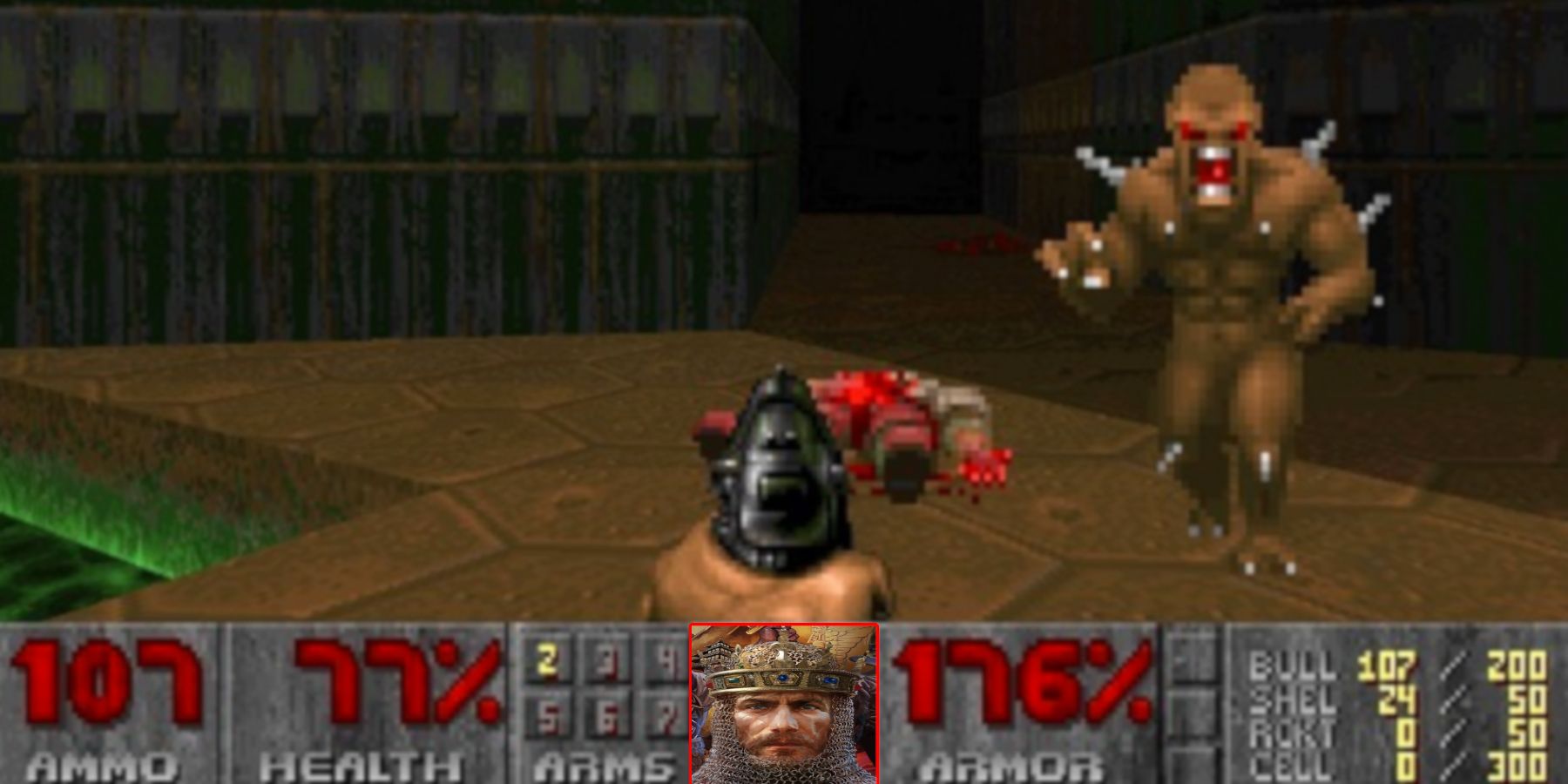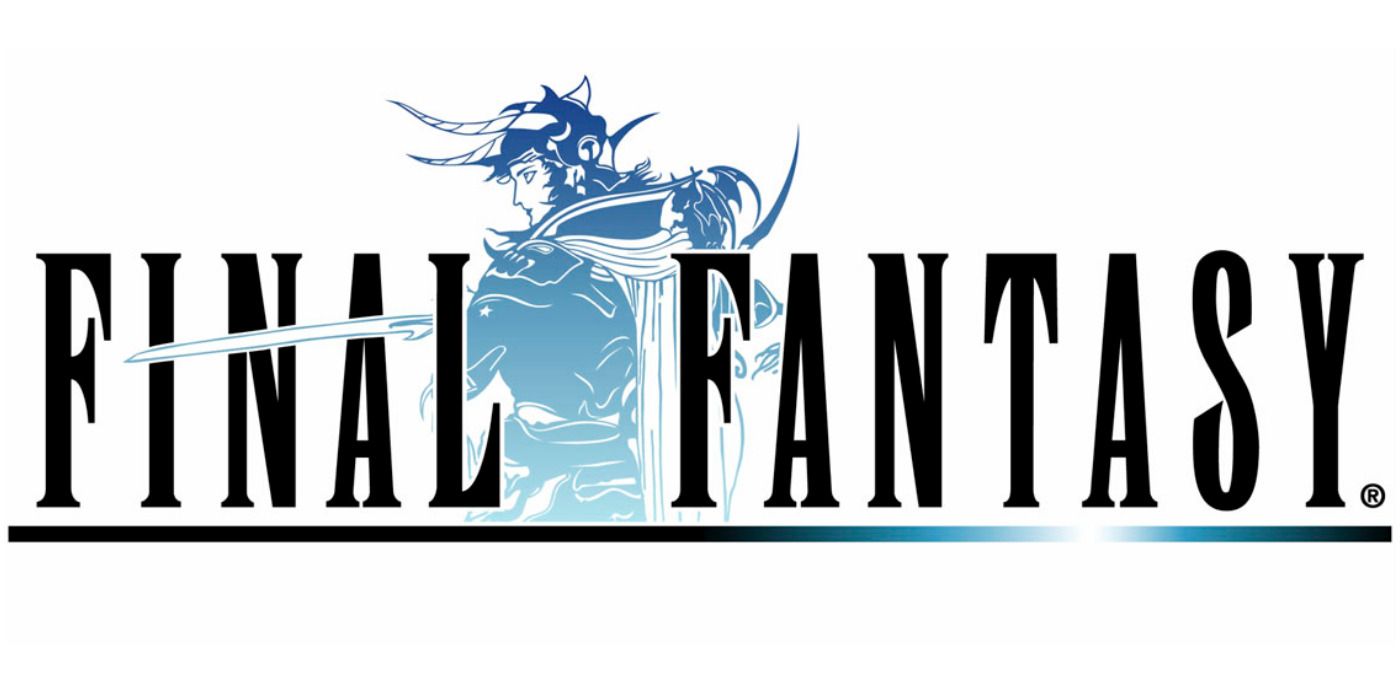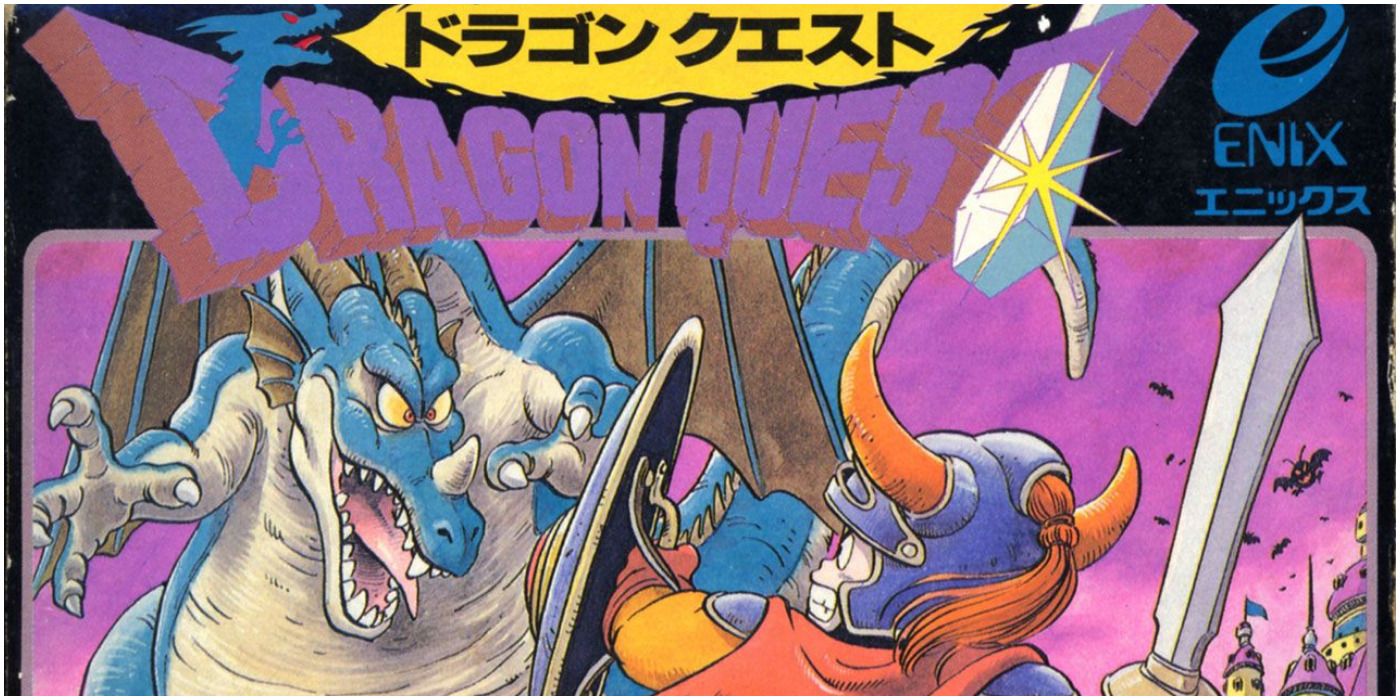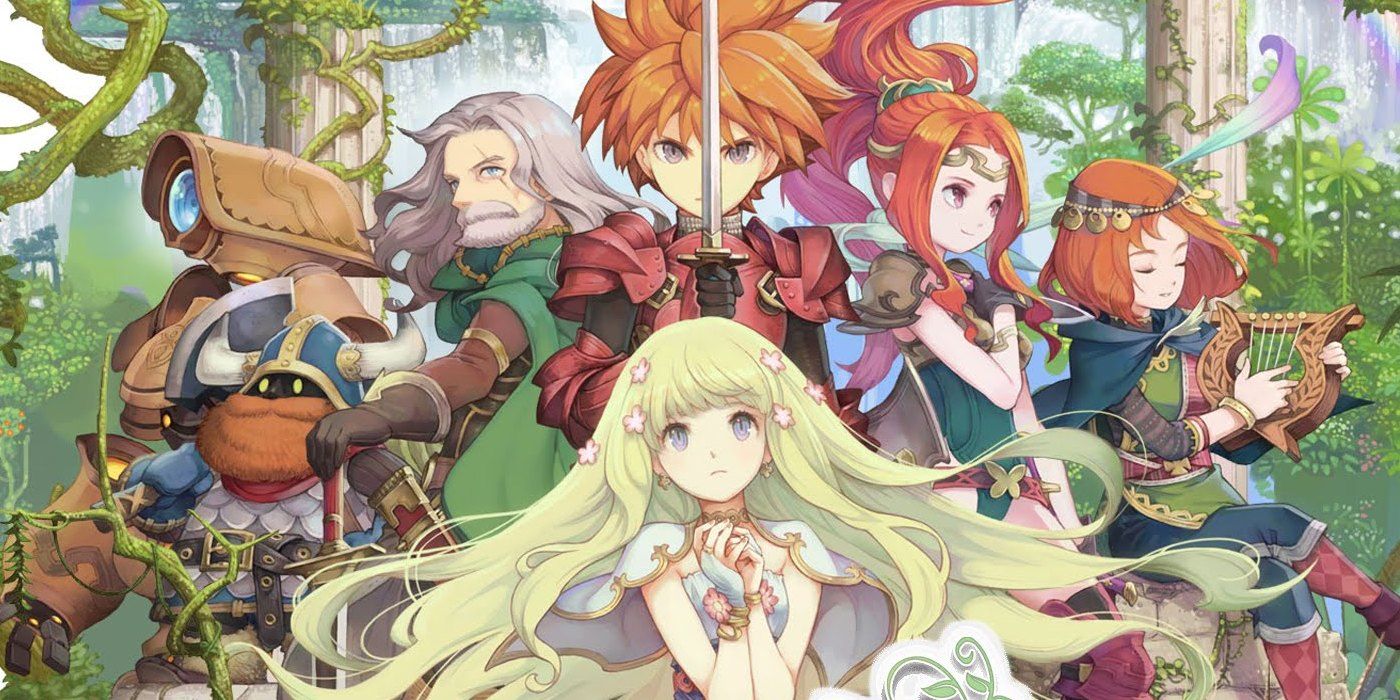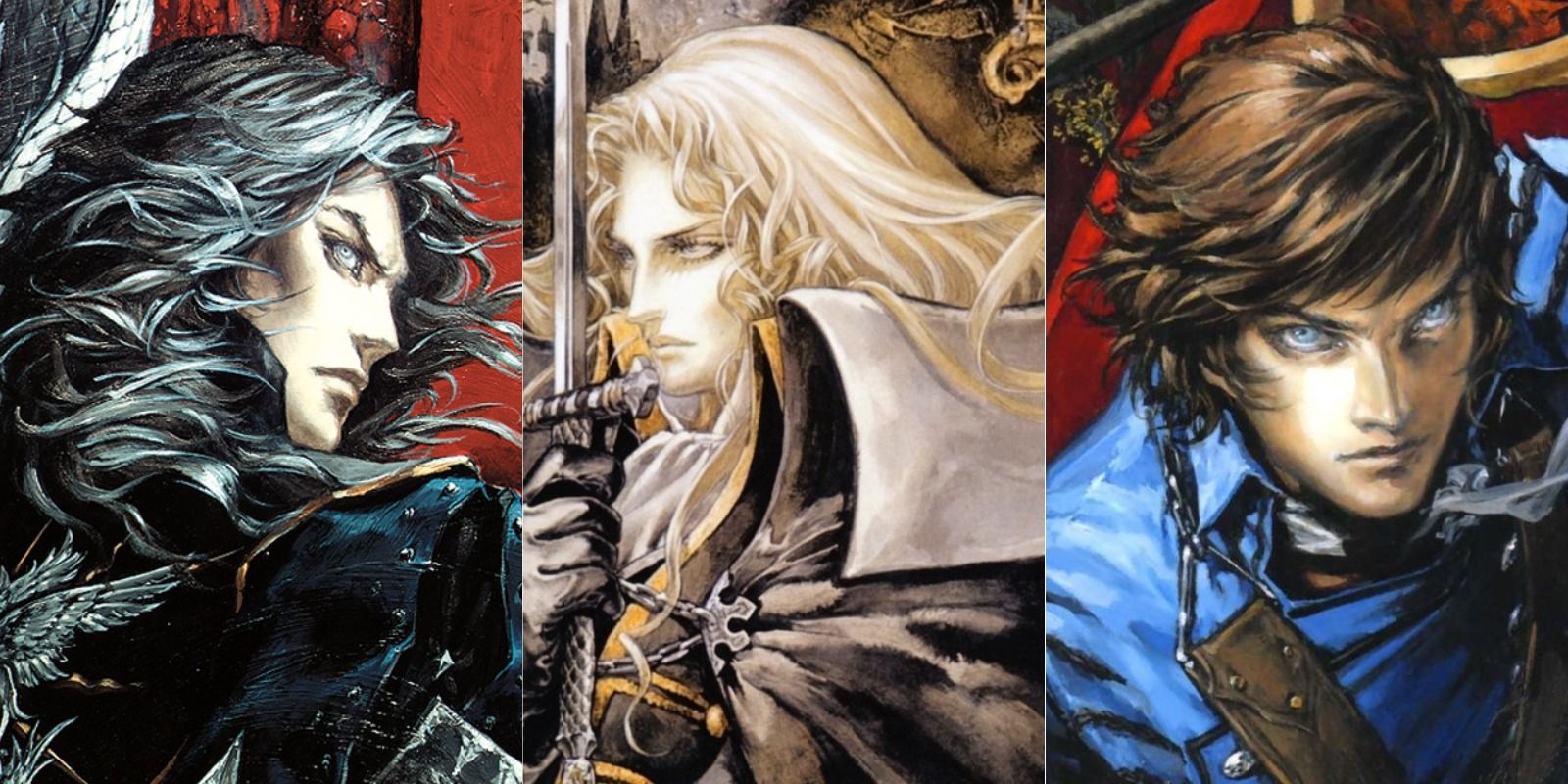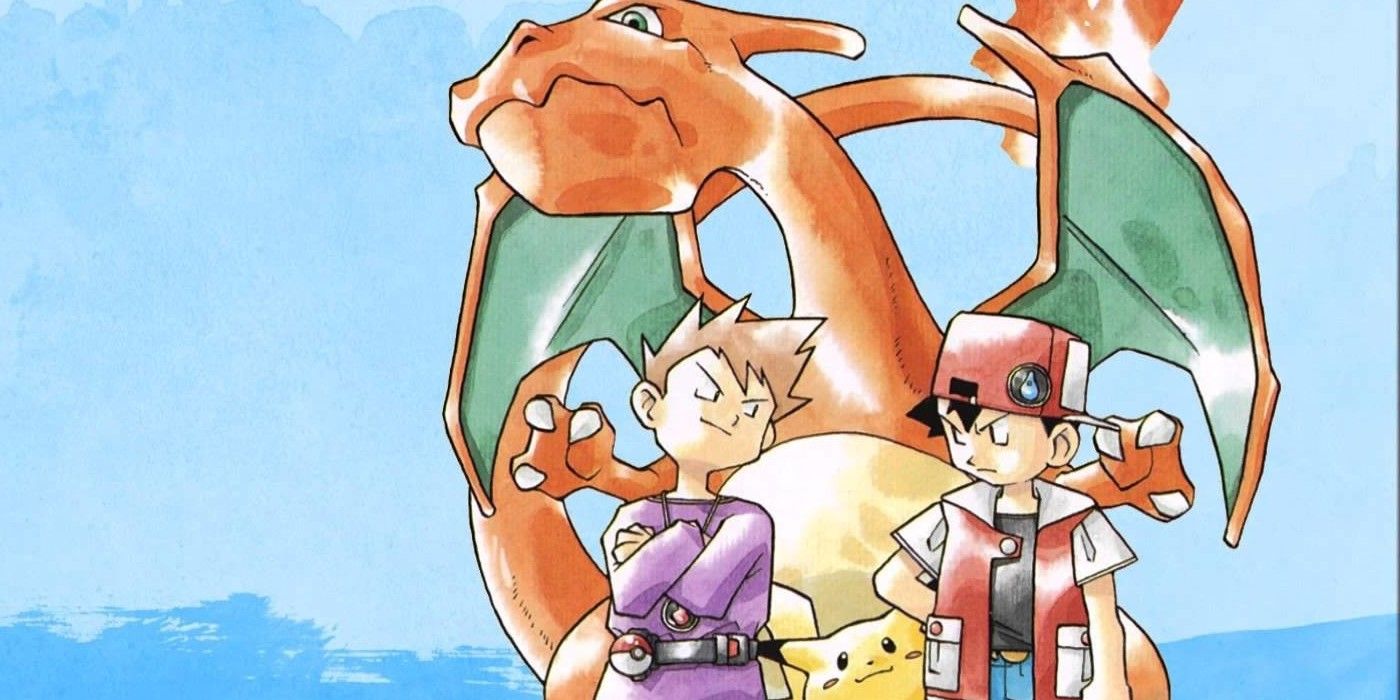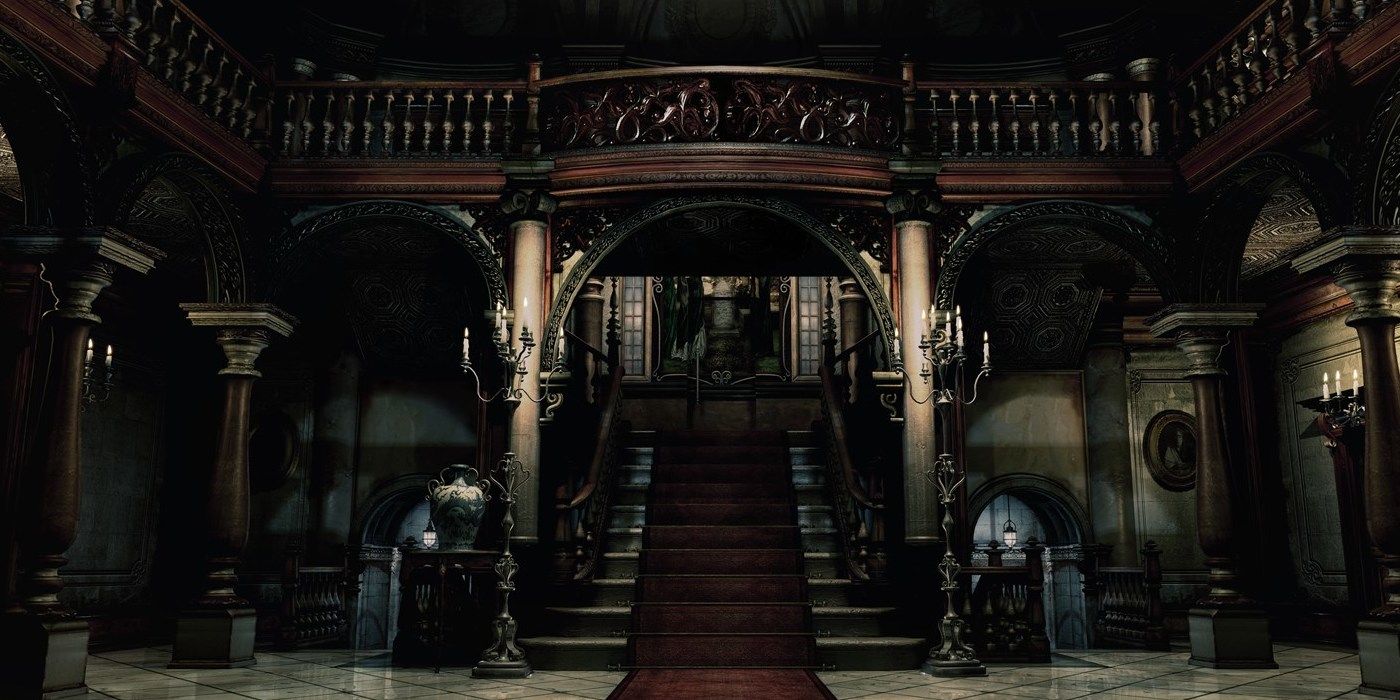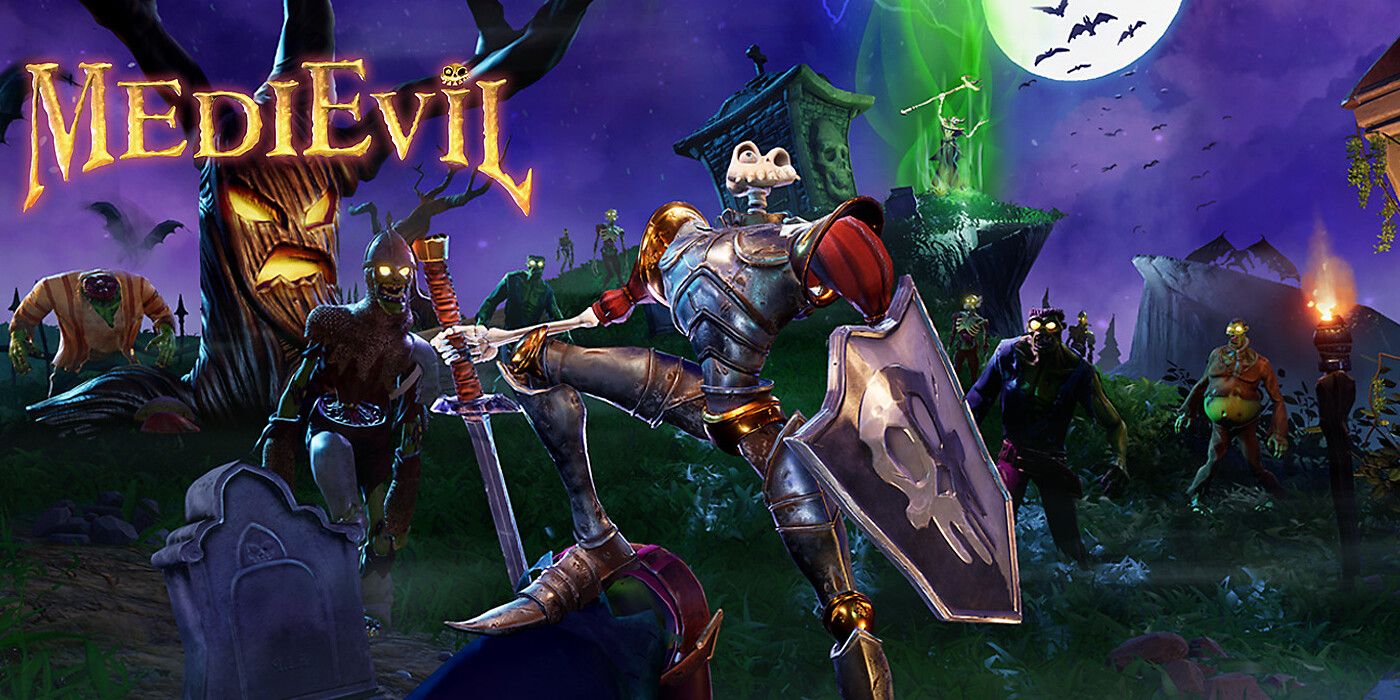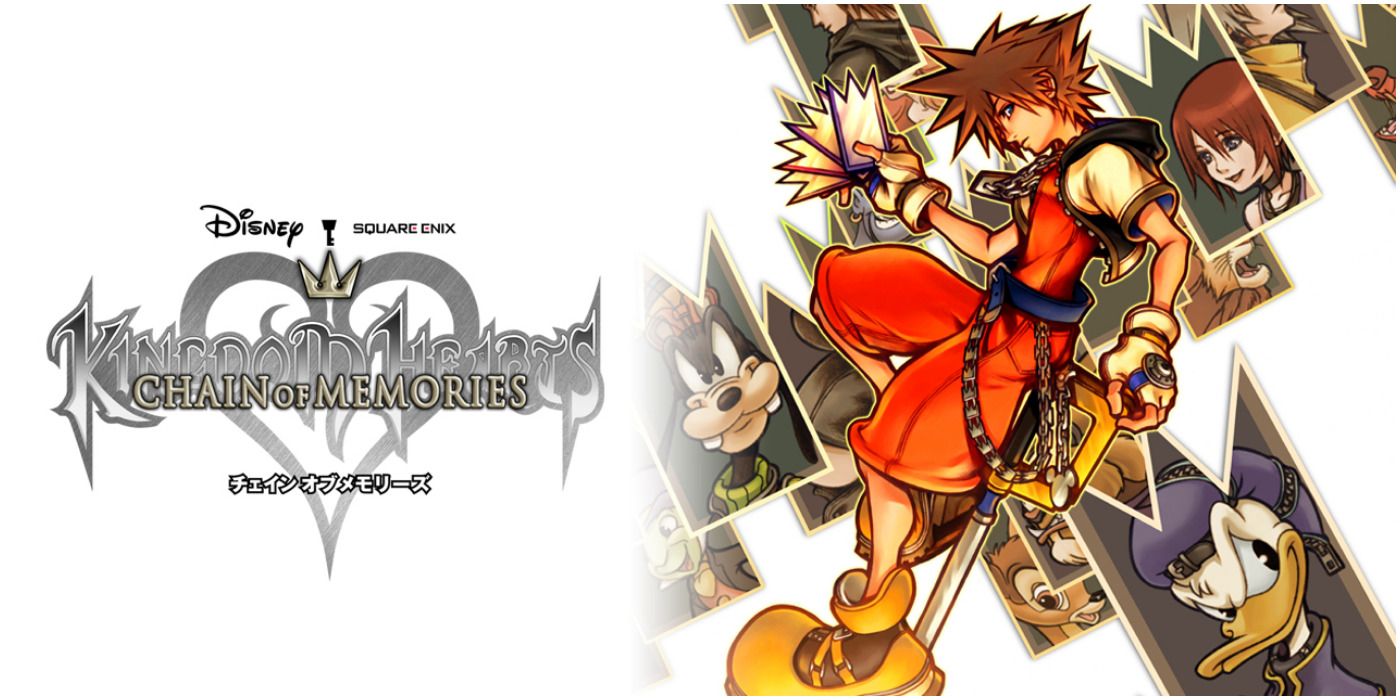No matter what backward compatibly awaits gamers for the Xbox Series X or the PS5, companies will still remake games until the end of time. The following ten entries specifically looks at remakes. These are re-releases that changed things up, more so than just launching a game on a new platform.
The changes made to these games need to be significant and usually accompany graphical overhauls as the big improvements. Most of these entries have three versions, which does not seem like a lot, but others have been around long enough to have even more. Given that video games have not been around that long, at least in the home market, it starts to add up.
Updated on October 14, 2021, by Kristy Ambrose: With the nostalgia train running at full speed as yet another decade draws to a close, there's room for more on our most-remade games list. Sometimes games go through a revamp for localization purposes or fans put their own stamp on a game that's universally known and loved. It's not just a popular and profitable marketing trend, either. As the line between platforms, emulators, and backward compatibility continues to blur, a few more titles appear in the library of remade video games.
12 Super Mario Bros.
Super Mario Bros. launched with an unspecified date for the NES in North America. Some sources point to 1985, the same year as the Famicom released in Japan, as a launch title for the system, but that isn’t important.
The next big re-release was Super Mario All-Stars in 1993 for the Super Nintendo. This game, along with other Mario titles, was redone with 16-Bit graphics. The final re-release was Super Mario Bros. Deluxe in 1999 for the Game Boy Color. The biggest change was the addition of a world map as well as some more graphical tweaks.
11 Mega Man
The first Mega Man was released in 1987 for the NES. Similar to Super Mario All-Stars, this would also get a 16-Bit remake collection, Mega Man: The Wily Wars, but on the Sega Genesis.
It launched as a digital exclusive in North America on the Sega Channel but would receive a physical release everywhere else.
The final re-release was Mega Man Powered Up in 2006 for the PSP. It not only completely retooled the graphics but made it more kid-friendly along with adding new bosses. It included the first three games.
10 Fire Emblem: Shadow Dragon and the Blade of Light
The first Fire Emblem game was launched in 1990 for the Famicom in Japan. Fire Emblem: Mystery of the Emblem not only redid the graphics in 16-Bit, but it expanded upon the story as well. This too was a Japanese exclusive in 1994 for the Super Famicom.
The final re-release was the first time it would be made available in North America. Fire Emblem: Shadow Dragon was released in 2008 for the DS and like the second game, it also expanded upon the story besides adding some mechanical tweaks.
9 Doom
Doom wasn't just a great game. It started a whole generation of FPS shooters and brought the horror genre into the video game world in a sick and twisted way that every gamer had to love. It was by no means a sophisticated game, and that was part of its charm.
The Doom franchise has a long history that starts in 1993. It was one of the first games to get hyped and downloaded over the internet, which is one of the reasons that players were able to develop their own unique WADs for the game in later years. This could change the internal data of the game to make the NPCs look different or to change the setting. Those could also be remakes of a sort, and if fan-remakes counted Doom would easily be the most remade game in history.
The first remake of the original Doom was Doom 64, developed by Midway Games under the close supervision of id Software, which was distracted by the popular Quake series at the time. Doom 3, which was released in 2004, was intended to be a remake of the original game despite the title. The rebooted series that started with the simply titled Doom in 2014 used a lot of the classic glory-kill feel along with a multiplayer mode. What's the gory cherry on this bloody cake? The latest remake of this game is a version of Doom 64and it's intended for VR consoles.
8 Final Fantasy
Final Fantasy was released in 1990 for the NES, three years after the initial Japanese release. Square Enix infamously loves to remake its games. This game in particular might be the most re-released game of all time. Every re-release added something to the original from graphical improvements to new dungeons.
Of said many versions, there are two that stand out that most other versions are based on. The first major update was for the WonderSwan Color in 2000. As that was a Japanese exclusive handheld, Western fans would soon know the glories of the remake for the PS1 version in 2003 via Final Fantasy Origins. This is also the first time players would get their hands on the real Final Fantasy II. The final release we will cover is the PSP remake in 2007.
7 Dragon Quest
Dragon Quest launched in 1986 for the Famicom before its release on the NES in 1989 under the name of Dragon Warrior instead. The first big re-release was a collection made for the Super Famicom in 1993, Dragon Quest I + II, which redid the graphics as well as add several changes to both games. This was in Japan only.
These two games were also collected for the Game Boy Color in 2000 in North America. Like Super Mario Bros. Deluxe, they are kind of like re-makes, but also added a lot to the games. There were many ports after this, but these two collections were the biggest upgrades.
6 Seiken Densetsu
Seiken Densetsu, or Final Fantasy Adventure, was released in 1991 for the Game Boy. This was the start of the Mana series as it is known in the West. The first remake was Sword of Mana for the GBA in 2003. Besides the graphics, the biggest change was adding a female protagonist which could be selected at the start of the game.
The next remake was released for PS Vita and mobile devices in 2016. Adventures of Mana was a 3D remake that adhered more to the original game and took out the other protagonist from Sword of Mana.
5 Castlevania
This franchise is one of the longest in video game history, reaching all the way back into the dawn of video game time in the 1980s. Castlevania's earliest incarnations were intended for a local audience and had to be remade to be marketed to an international audience.
Castlevania was first released in 1986 exclusively in Japan, and the version that was released in North America a year later had gone through some changes, the most obvious being the title. In Japan, it was called Demon Castle Dracula, and the North American version was missing any voice interaction options since the North American controllers didn't have mics as the Famicom ones did. Every single title in the franchise has gone through a similar process and the timeline makes the Final Fantasy series, which somehow defies the laws of physics, look perfectly normal.
Castlevania was ported to several different consoles over the next few decades, and the game often used the same storyline, characters, or setting as the original. Today there are 25 titles in the original series alone, not including the Lords of Shadow reboots or the spinoff games, with several being remakes or reboots of the original. Side-scrolling games still get a lot of love for the sake of nostalgia, but modern remakes of the game often include 3D animation and role-playing game features.
4 Pokemon Red/Blue
Pokemon Red/Blue launched in 1998 for the Game Boy. This was two years after the Japanese launch of Pokemon Red/Green. Technically Pokémon Yellow could be considered a remake, but let’s go to the GBA remakes instead: Pokemon FireRed/LeafGreen.
Besides the graphical overhaul, it allowed Pokémon from the third generation to be imported. It would be years before this was remade again, but 2018’s Switch release of Pokemon: Let's Go, Pikachu! and Let's Go, Eevee! Do count. Yes, it is more of a remake specifically to Pokemon Yellow, but again, that in itself is a remake technically.
3 Resident Evil
Resident Evil was released in 1996 for the PS1. While it received many ports over the years with varying degrees of enhancements, the biggest actual remake was the GameCube version in 2002. For years this was often cited as being the quintessential blueprint on how to remake a game.
The graphical overhaul was impressive for the GameCube to say the least besides changing nearly every mechanic of the game. After that there was a remake of sorts on the DS, Resident Evil: Deadly Silence, and was closer to the original with added touch functionality as the big get. There was a de-make of sorts for the Game Boy Color, but it was canceled. A playable prototype still exists online though.
2 MediEvil
MediEvil launched in 1998 for the PS1. The first remake was for PSP in 2005 entitled MediEvil: Resurrection. The big improvement was the graphics along with a companion for Sir Dan. Despite little fanfare from that version, or the original two, it was remade once again on PS4 in 2019 simply as MediEvil.
Once again the graphics were changed while the core gameplay, bruises and all, were kept mostly the same. How about a sequel instead? Perhaps Sony could bother doing something with the second game, which hasn’t been touched since 2000.
1 Kingdom Hearts
Kingdom Hearts was released in 2002 for the PS2. Including it on this list is part joke, part legitimate. Technically it never was remade, unless one wants to count the remaster for the PS3 in 2013. It’s on here then because many of the series’ “sequels” were just re-imaginations or rehashes on the same core concept from the first game.
This includes Chain of Memories for the GBA in 2004, which was also remade for the PS2 in 2008. Then there was Coded for phones in 2008 for Japan, which was adapted for the DS in 2011. Even though they added new gameplay concepts and story elements, it was still Sora going through the same worlds as the first game.

